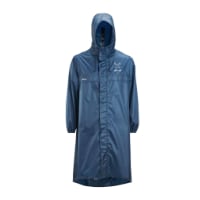tautari
New Member
Firstly, I want to give a big thanks to the forum which I consider to be absolutely amazing and my goto website every day!
This is the first time I've had to ask a question. All of my concerns have been answered by previous posts! And apologies if this is covered somewhere else - I tried to look but couldn't find anything.
So, I start out next Wednesday from Madrid and I've got all my gear ready to go.
And I've learnt that a back pack should be packed with heavy stuff first.
My question is - are there any tips about the actually packing of the backpack - other than heavy stuff first?
I confess - I'm not an efficient or effective bag packer (my mum did it for me when I was young and I should have taken note of how she was doing it!) Someone told me to make sure my rain coat was on top of everything -but any advice you can give me would be greatly appreciated!
Thanking you in advance!
This is the first time I've had to ask a question. All of my concerns have been answered by previous posts! And apologies if this is covered somewhere else - I tried to look but couldn't find anything.
So, I start out next Wednesday from Madrid and I've got all my gear ready to go.
And I've learnt that a back pack should be packed with heavy stuff first.
My question is - are there any tips about the actually packing of the backpack - other than heavy stuff first?
I confess - I'm not an efficient or effective bag packer (my mum did it for me when I was young and I should have taken note of how she was doing it!) Someone told me to make sure my rain coat was on top of everything -but any advice you can give me would be greatly appreciated!
Thanking you in advance!



















